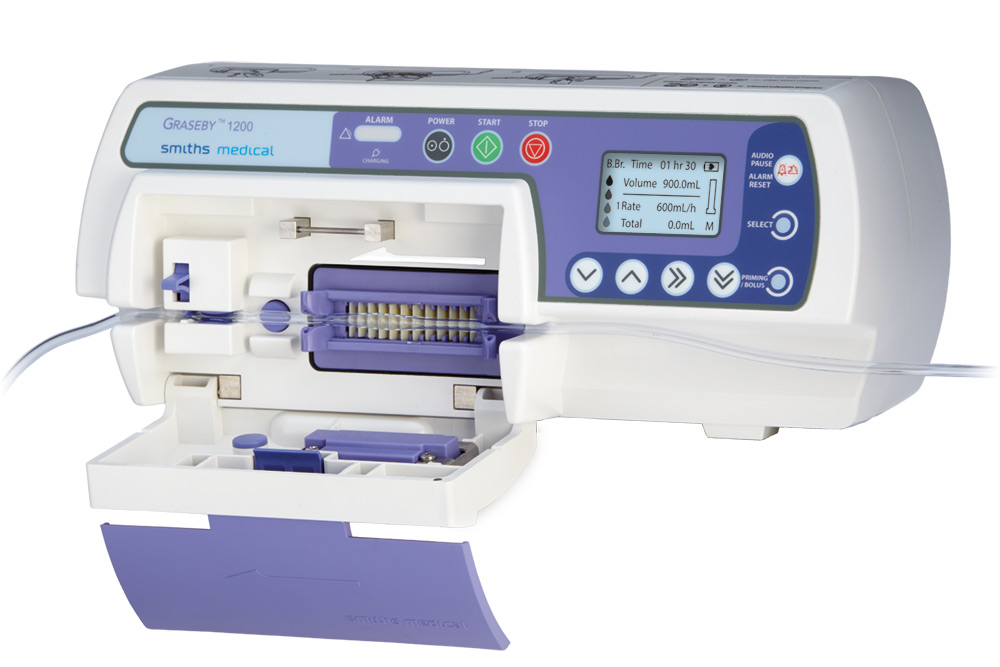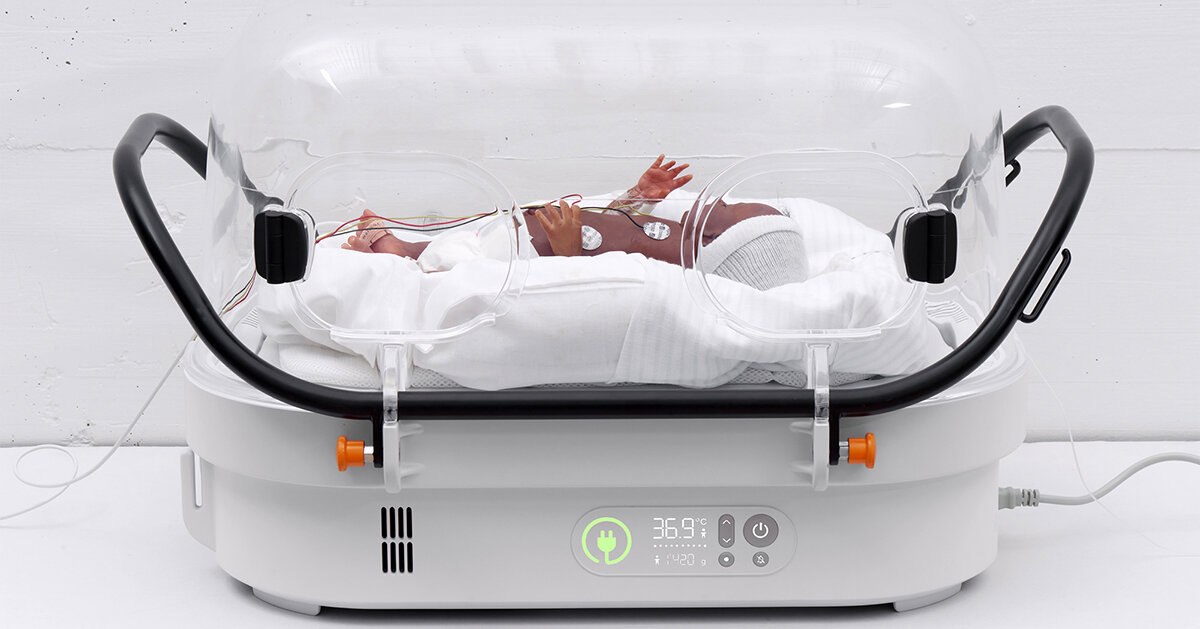An infusion pump is a medical device used to deliver fluids, such as nutrients and medications, into a patient’s body in controlled amounts. It is used to provide precise dosing and administration of drugs, and can be used for a variety of treatments, including chemotherapy, antibiotics, and pain management. Infusion pumps are used in hospitals, clinics, and home care settings, and are an important part of modern medical care. They are designed to be safe and reliable, and are used to deliver medications and fluids to patients in a variety of settings.
The Pros and Cons of Using an Infusion Pump in Home Care Settings
The use of infusion pumps in home care settings has become increasingly popular in recent years. An infusion pump is a medical device used to deliver fluids, such as nutrients or medications, into a patient’s body in a controlled manner. This type of device can be beneficial for patients who require precise and consistent delivery of medications or fluids. However, there are both pros and cons to using an infusion pump in home care settings.
The primary benefit of using an infusion pump in home care settings is that it allows for precise and consistent delivery of medications or fluids. This is especially important for patients who require a specific dosage of medication or fluid at regular intervals. The pump can be programmed to deliver the exact amount of medication or fluid at the desired time, ensuring that the patient receives the correct dosage. Additionally, infusion pumps can be used to deliver medications or fluids that would otherwise be difficult to administer manually.
Another advantage of using an infusion pump in home care settings is that it can reduce the risk of medication errors. Since the pump is programmed to deliver the exact amount of medication or fluid at the desired time, there is less chance of a mistake being made. This can help to ensure that the patient receives the correct dosage of medication or fluid.

However, there are also some drawbacks to using an infusion pump in home care settings. One of the primary disadvantages is the cost. Infusion pumps can be expensive, and the cost of purchasing and maintaining the device can be prohibitive for some home care settings. Additionally, infusion pumps require regular maintenance and calibration to ensure that they are delivering the correct dosage of medication or fluid. This can add to the cost of using an infusion pump.
Finally, there is the risk of infection associated with using an infusion pump. Since the device is inserted into the patient’s body, there is a risk of infection if the device is not properly maintained and sterilized. This can be a serious concern for home care settings, as it can lead to serious health complications for the patient.
In conclusion, there are both pros and cons to using an infusion pump in home care settings. While the device can be beneficial for patients who require precise and consistent delivery of medications or fluids, it can also be expensive and carries the risk of infection. Therefore, it is important to carefully consider the potential benefits and risks before deciding to use an infusion pump in a home care setting.
The Latest Innovations in Infusion Pump Technology
Infusion pumps are medical devices used to deliver fluids, such as nutrients and medications, into a patient’s body in controlled amounts. These pumps are essential for the delivery of life-saving treatments and medications, and as such, they must be reliable and accurate. In recent years, there have been a number of advances in infusion pump technology that have improved the safety and efficacy of these devices.
One of the most significant advances in infusion pump technology is the development of smart pumps. Smart pumps are equipped with a range of features that allow them to monitor and adjust the rate of infusion automatically. This helps to ensure that the patient receives the correct dose of medication and that the rate of infusion is consistent. Smart pumps also have the ability to detect and alert clinicians to any potential problems with the infusion, such as air bubbles or clogs.
Another important innovation in infusion pump technology is the development of wireless pumps. These pumps are connected to a wireless network, allowing them to be monitored and controlled remotely. This makes it easier for clinicians to adjust the rate of infusion and monitor the patient’s progress without having to be physically present.
Finally, there have been advances in the design of infusion pumps. Many modern pumps are smaller and lighter than their predecessors, making them easier to transport and use. Additionally, many pumps now feature touchscreens and intuitive user interfaces, making them easier to operate.
These are just a few of the latest innovations in infusion pump technology. As technology continues to advance, we can expect to see even more improvements in the safety and efficacy of these devices.
Maintenance an Infusion Pump
Infusion pumps are medical devices used to deliver fluids, such as nutrients and medications, into a patient’s body in controlled amounts. Proper maintenance of an infusion pump is essential to ensure its safe and effective operation. This article outlines the steps necessary to properly maintain an infusion pump.
1. Clean the infusion pump regularly. Clean the exterior of the pump with a soft cloth and a mild detergent. Do not use abrasive cleaners or solvents.
2. Check the infusion pump for any signs of damage. Inspect the tubing, connectors, and other components for any signs of wear or damage. Replace any damaged parts immediately.
3. Check the infusion pump’s battery. Make sure the battery is fully charged and replace it if necessary.
4. Check the infusion pump’s tubing for any kinks or blockages. Replace any damaged or blocked tubing.
5. Check the infusion pump’s settings. Make sure the settings are correct and adjust them if necessary.
6. Check the infusion pump’s alarms. Make sure the alarms are functioning properly and replace any faulty alarms.
7. Check the infusion pump’s software. Make sure the software is up to date and install any necessary updates.
8. Perform regular maintenance checks. Have a qualified technician perform regular maintenance checks on the infusion pump to ensure its safe and effective operation.
By following these steps, you can ensure that your infusion pump is properly maintained and functioning correctly. Regular maintenance and inspection of the infusion pump is essential to ensure its safe and effective operation.
The Different Types of Infusion Pumps and Their Uses

Infusion pumps are medical devices used to deliver fluids, such as nutrients and medications, into a patient’s body in controlled amounts. They are used in a variety of medical settings, including hospitals, clinics, and home care. There are several types of infusion pumps available, each designed for a specific purpose.
The most common type of infusion pump is the volumetric pump. This type of pump is used to deliver fluids at a constant rate, such as for intravenous (IV) therapy. It is typically used to deliver medications, electrolytes, and other fluids to a patient. Volumetric pumps are also used to deliver fluids to patients who are unable to take them orally.
Syringe pumps are used to deliver small amounts of medication or other fluids over a short period of time. They are often used to deliver medications that need to be administered slowly, such as chemotherapy drugs. Syringe pumps are also used to deliver fluids to patients who are unable to take them orally.
Insulin pumps are used to deliver insulin to patients with diabetes. These pumps are programmed to deliver a specific amount of insulin at regular intervals throughout the day. Insulin pumps are often used in combination with continuous glucose monitors to help patients manage their diabetes.
Elastomeric pumps are used to deliver fluids over a long period of time. These pumps are typically used to deliver antibiotics, pain medications, and other medications that need to be administered over a long period of time. Elastomeric pumps are also used to deliver fluids to patients who are unable to take them orally.
Infusion pumps are essential medical devices used to deliver fluids and medications to patients in a safe and controlled manner. Each type of infusion pump is designed for a specific purpose, and it is important to choose the right type of pump for the patient’s needs.
The Benefits of Using an Infusion Pump in Medical Settings
Infusion pumps are medical devices used to deliver fluids, such as nutrients and medications, into a patient’s body in controlled amounts. These pumps are used in a variety of medical settings, including hospitals, clinics, and home care. The use of infusion pumps offers a number of benefits to both patients and medical professionals.
One of the primary benefits of using an infusion pump is the accuracy and precision with which it can deliver medications. These pumps are designed to deliver medications in a precise and consistent manner, ensuring that the patient receives the correct dosage. This is especially important for medications that must be administered in very small doses, such as chemotherapy drugs. Additionally, infusion pumps can be programmed to deliver medications at specific intervals, allowing for more accurate and consistent dosing.
Another benefit of using an infusion pump is the ability to monitor a patient’s response to medications. These pumps are equipped with sensors that can detect changes in a patient’s vital signs, such as heart rate and blood pressure. This allows medical professionals to quickly and accurately adjust the dosage of medications as needed.
Finally, infusion pumps can help reduce the risk of medication errors. These pumps are designed to alert medical professionals if a medication is being administered at an incorrect rate or if the wrong medication is being administered. This helps to ensure that patients receive the correct medications in the correct doses.
Overall, infusion pumps offer a number of benefits to both patients and medical professionals. These pumps provide accurate and precise dosing, allow for monitoring of a patient’s response to medications, and help reduce the risk of medication errors. As such, infusion pumps are an invaluable tool in medical settings.
Conclusion
The infusion pump is an invaluable tool for medical professionals, providing a safe and efficient way to deliver medications and fluids to patients. It is a reliable and accurate device that can be used in a variety of settings, from hospitals to home care. With its ability to deliver precise doses of medication and fluids, the infusion pump can help improve patient outcomes and reduce the risk of medication errors.



